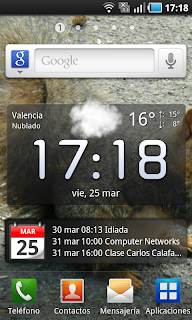Direct drive extruder
Once I have got my Prusa Mendel 3D printer working, I have started to look around for improvements. The thing I was less happy with was the clunky extruder , made of a geared drive with printed gears. People in the forums mention it has a limited life of maybe one hundred hours before one or more teeth give in. I thought a direct drive was an obvious choice only if extruder stepper might have enough torque. Then I learned that Orca v0.3 is using a direct drive using a brass insert . I looked for available designs on the Thingiverse for NEMA 17 motors and I have found this one . With some changes I have made it work. But not before I replaced one StepStick by a Pololu stepper driver on my RAMPS board. The reason is that to achieve the required torque, the motor needs to be driven slightly above the 1A limit of StepSticks. The other required change is to add some cooler to the A4988 chip so it can properly dissipate the additional heat. I guess 3mm filament i...









